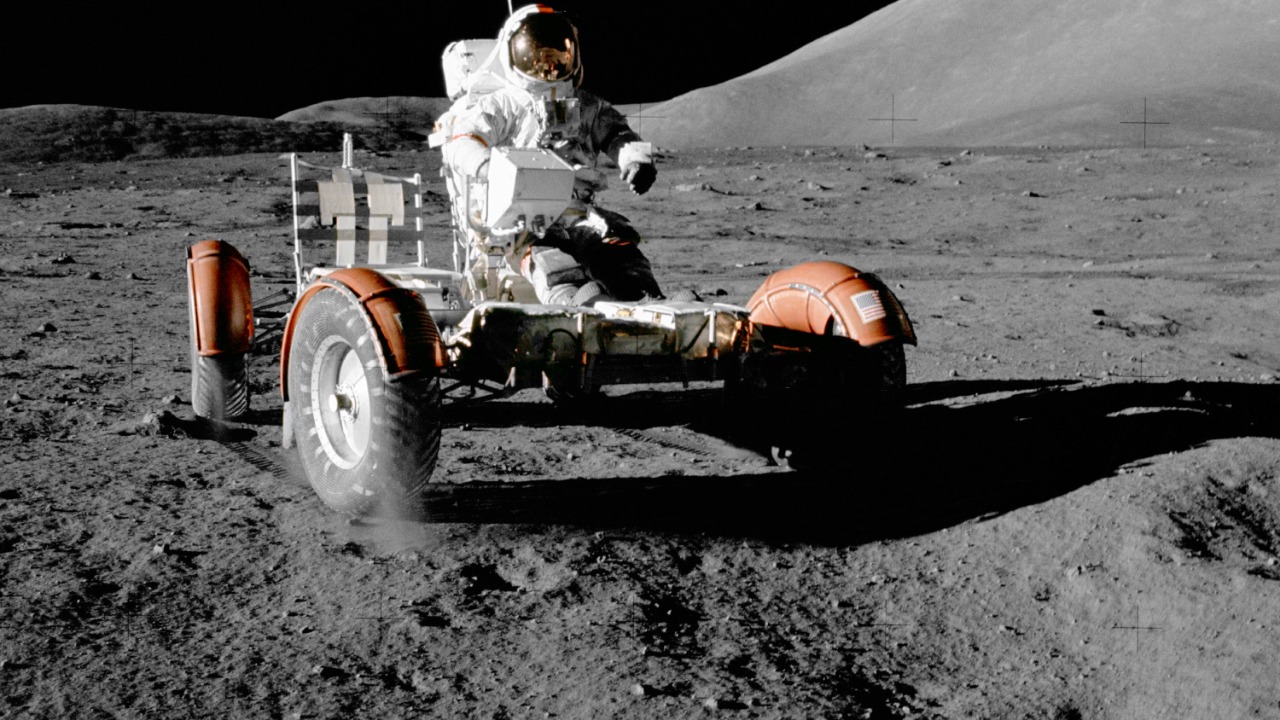
For the first time since their return to Earth in 1972, untouched lunar samples collected during the Apollo 17 mission have been opened by scientists at NASA’s Johnson Space Center. Preserved in vacuum-sealed containers, these pristine specimens could shed new light on the Moon’s violent origins, potentially revealing details about its formation through a massive collision with Earth billions of years ago. A team of planetary scientists is leading the analysis, eager to apply modern techniques to this untouched material.
The Apollo 17 Mission Overview
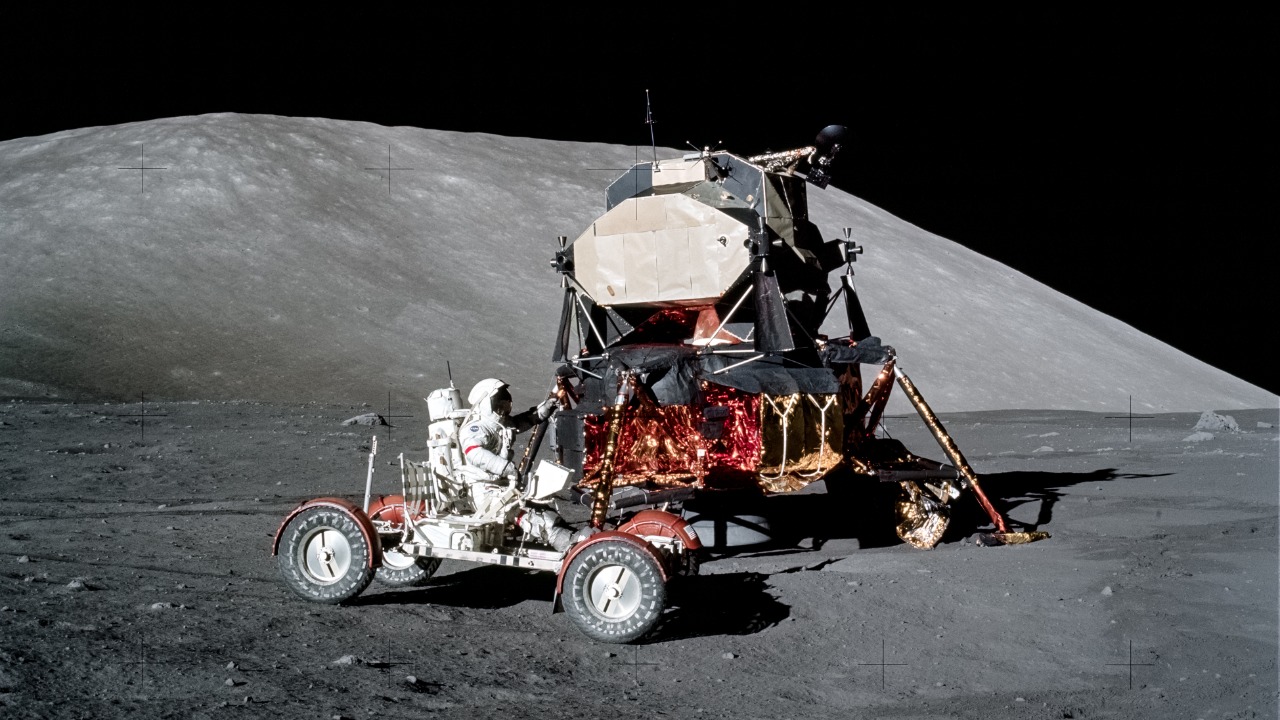
The Apollo 17 mission, launched on December 7, 1972, was the final crewed lunar landing mission. Astronauts Eugene Cernan and Harrison Schmitt explored the Taurus-Littrow valley, a site of significant geological interest. The mission concluded with a splashdown on December 19, 1972, bringing back the lunar samples in pristine condition.
During their exploration, Cernan and Schmitt gathered over 110 kilograms of lunar material. This collection included rocks, soil, and core tubes, some of which have remained untouched until now. The untouched samples have been preserved in their original state, offering a unique opportunity for scientists to study the Moon’s history using advanced analytical tools.
Preservation of Lunar Samples Since 1972
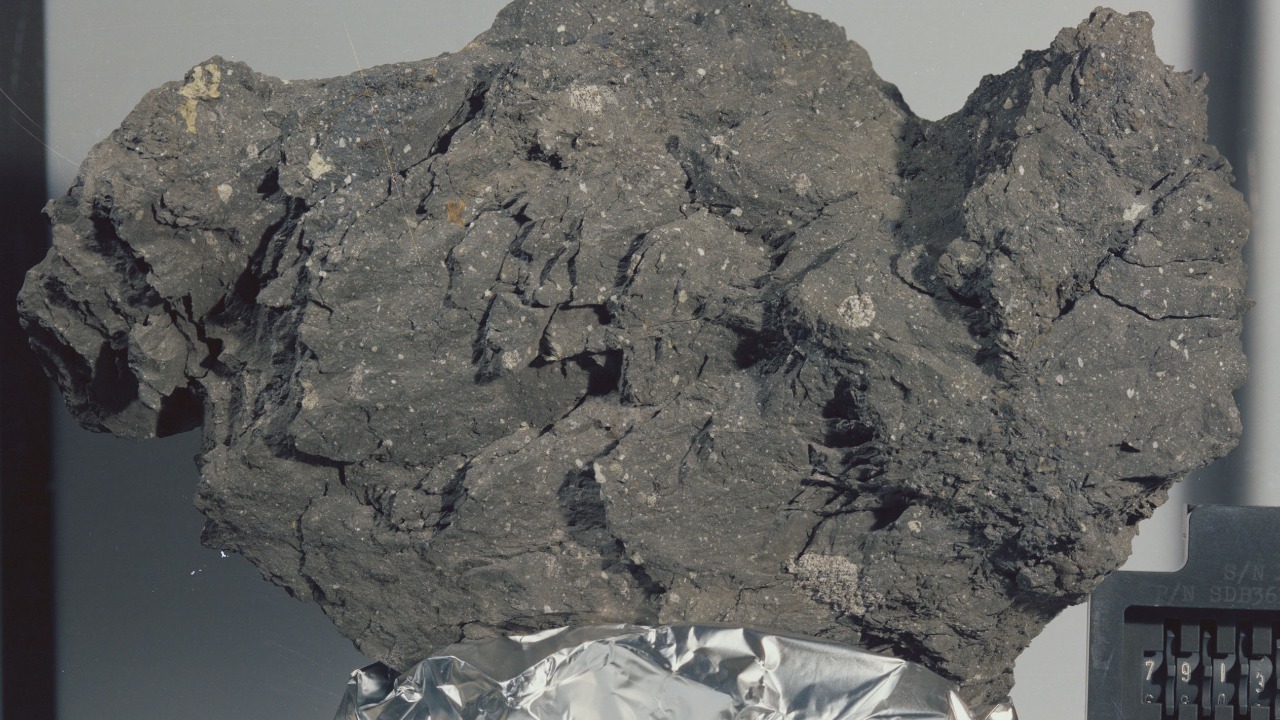
The lunar samples have been stored at NASA’s Johnson Space Center for over 50 years. To prevent contamination, the samples were kept in nitrogen-purged, vacuum-sealed containers. This method of storage has ensured the samples remain as pristine as the day they were collected.
The decision to leave some samples untouched was a strategic one. Scientists anticipated that future generations would develop advanced analytical tools that were unavailable in the 1970s. By preserving these samples, they ensured that these future scientists would have the opportunity to apply these new techniques to pristine lunar material.
The Process of Opening the Samples
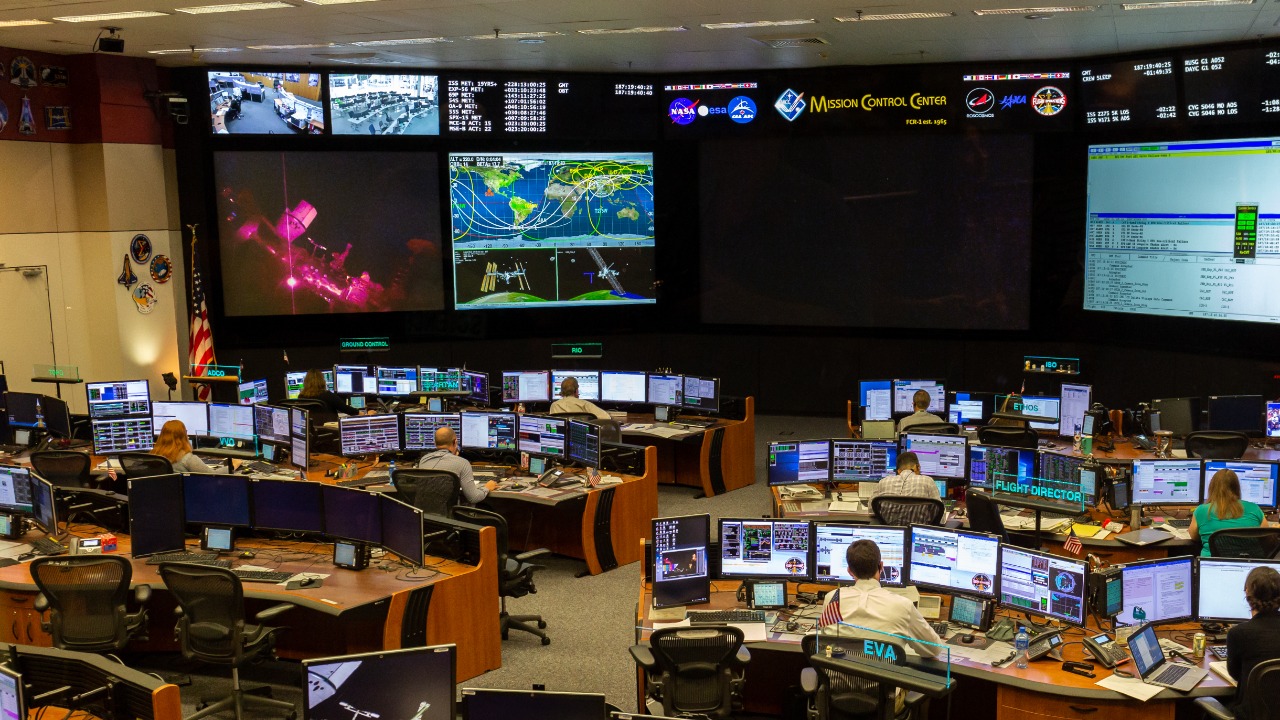
The curation team at Johnson Space Center took meticulous preparation steps to open the sealed containers without compromising the samples’ integrity. This process involved careful planning and execution to ensure the samples remained uncontaminated.
Initial examinations of the samples were conducted using non-destructive techniques, such as X-ray imaging and spectroscopy. These methods allowed scientists to assess the samples’ condition before further handling. The opening process also involved international collaborators, adhering to NASA’s protocols for sample allocation.
Insights into the Moon’s Formation
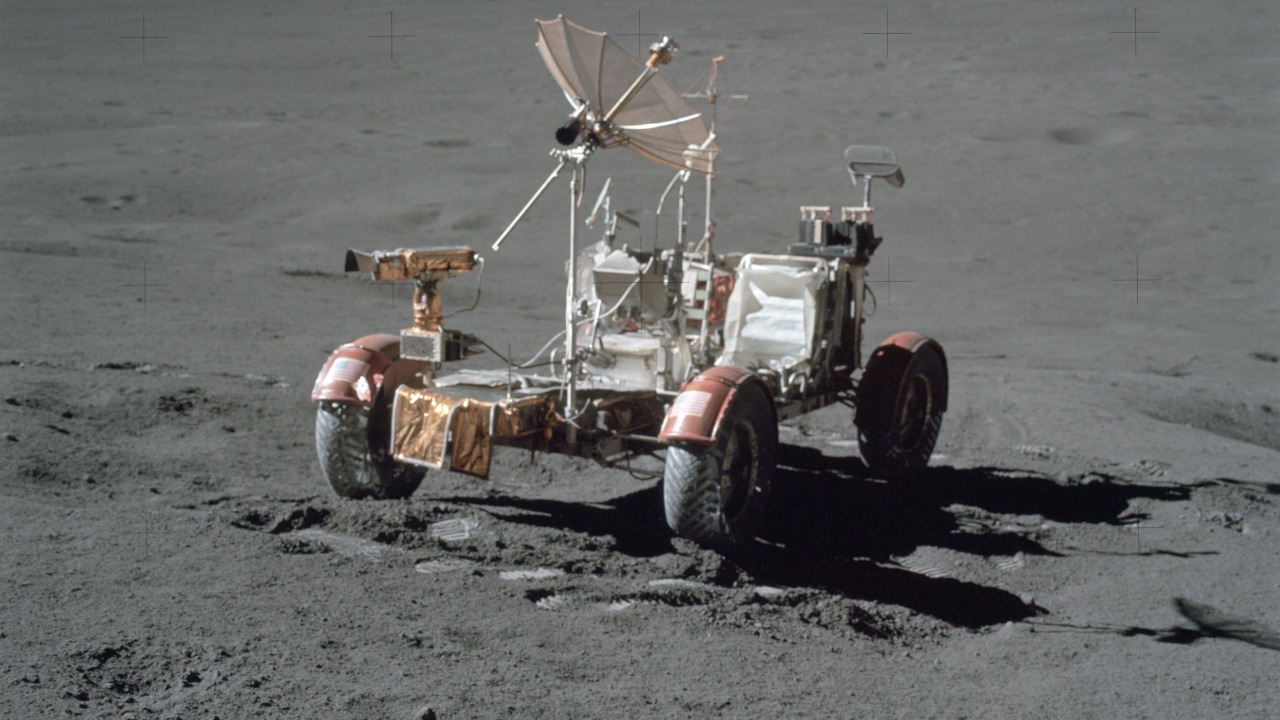
The untouched lunar samples may contain isotopic signatures that support the giant impact hypothesis. This theory suggests that a Mars-sized body collided with early Earth around 4.5 billion years ago, leading to the formation of the Moon.
Additionally, the samples could hold evidence of volatile elements and noble gases. These trapped substances could offer clues to the Moon’s differentiation and early bombardment history, providing further insights into its violent origins.
Modern Analytical Techniques Applied
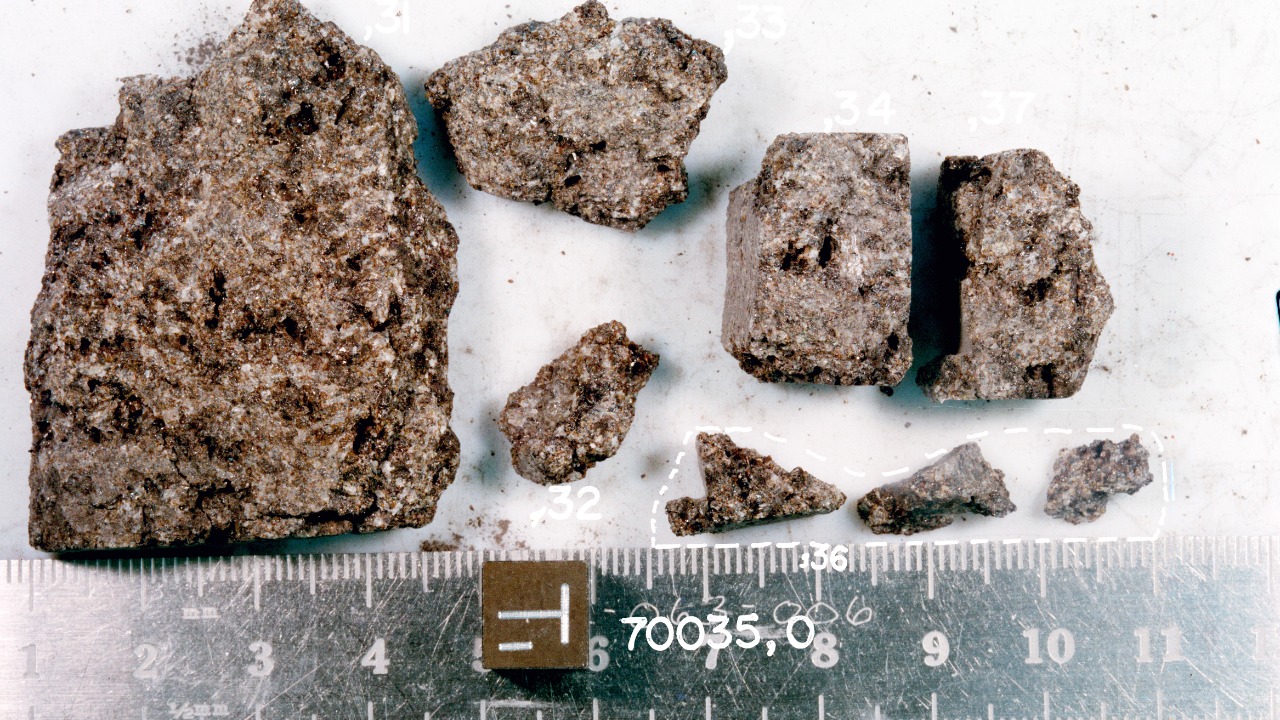
Modern analytical techniques, such as high-resolution mass spectrometry, are being applied to the samples. This method can detect trace elements linked to the Moon’s magmatic ocean phase, a crucial period in its formation.
Electron microscopy is also being used to study microstructures in Apollo 17 basalts. These studies could reveal details about lunar volcanism tied to the Moon’s origins. Furthermore, comparisons with samples from other Apollo missions could identify unique aspects of the Taurus-Littrow site.
Implications for Future Lunar Exploration
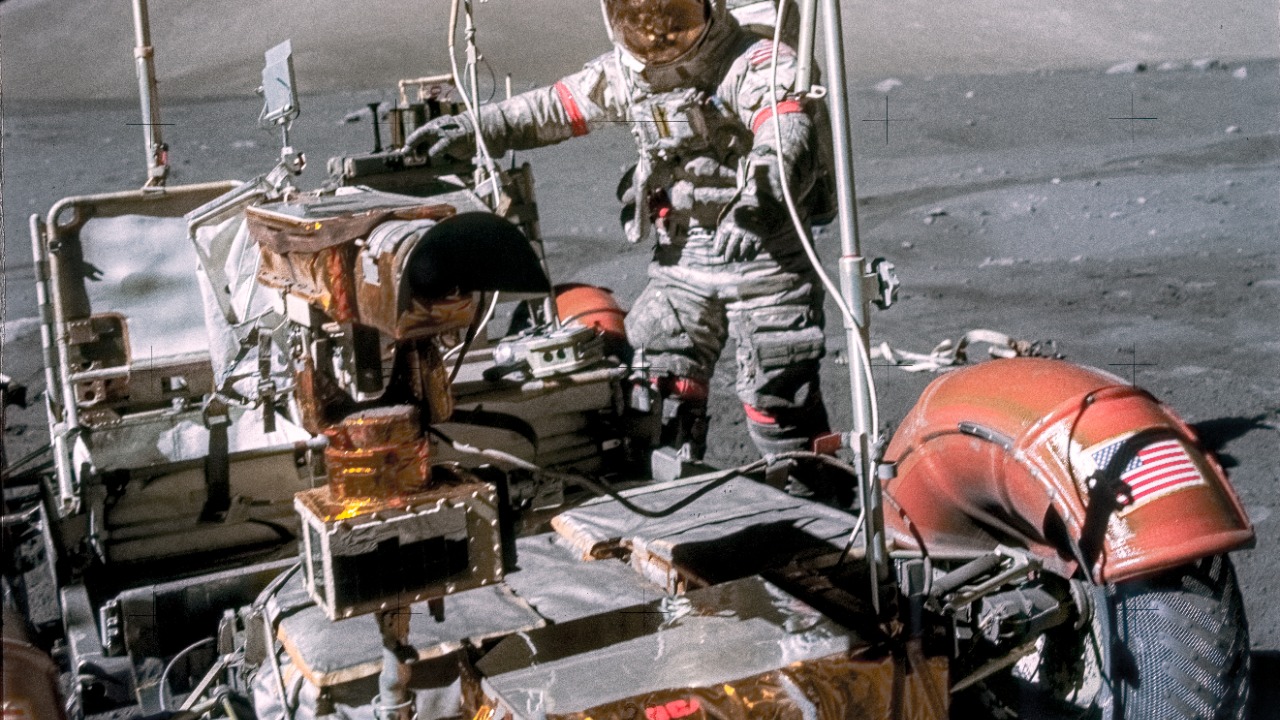
The findings from these samples could have significant implications for future lunar exploration. For instance, they could inform NASA’s Artemis program, particularly in selecting landing sites for new sample returns.
Moreover, the untouched Apollo-era data could lead to potential revisions to models of planetary formation. This broader scientific value underscores the importance of preserving and studying these pristine lunar samples.
As we continue to explore the cosmos, these untouched lunar samples from Apollo 17 offer a unique opportunity to delve into our Moon’s past. The insights gained from these studies will not only enrich our understanding of the Moon but also pave the way for future lunar and planetary exploration.
Source: Space.com